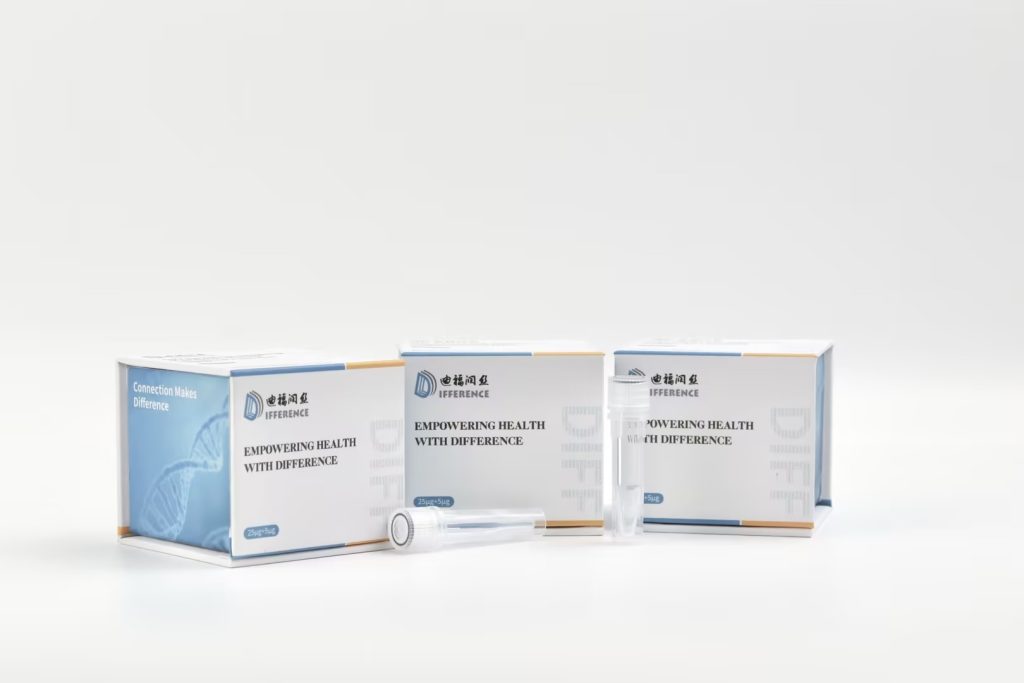The best practices for antiviral drug screening involve multiple aspects, including experimental design, screening methods, data analysis, and subsequent validation. Here are some key steps and precautions:
one、 Clearly define screening objectives and criteria
1. Determine screening targets: Based on factors such as the severity of the disease, the characteristics of the virus, and market demand, identify the types of antiviral drugs that need to be screened.
2. Develop screening criteria: Establish clear efficacy evaluation criteria, including the ability to inhibit virus replication, improve clinical symptoms, reduce mortality, and other aspects, in order to objectively and accurately evaluate the screening results.
two、 Experimental Design and Preparation
1. Sample preparation: Select samples from natural product and synthetic compound libraries, or modify the structure of known drugs to obtain potential phenological candidates for antiviral drugs. Pre treat the selected samples to ensure they meet the requirements of the screening experiment.
2. Selection of screening model: Select appropriate cell lines and virus infection models for screening. Ensure that the model matches the biological characteristics and infection mechanism of the target virus to accurately evaluate the antiviral effect of candidate drugs.
3. Experimental condition control: Strictly control the experimental conditions, including cell density, viral infection level, drug concentration, etc., to ensure consistency in each experiment.
three、 Screening methods and evaluation
1. High throughput screening technology: By using high-throughput screening technology, candidate drugs with antiviral activity can be quickly and effectively screened from a large number of compounds. Combining automation equipment and data analysis software to reduce human operational errors and improve the accuracy and reproducibility of experiments.
2. Phenotype based screening method: a method of directly observing the phenotypic changes of virus-infected cells caused by drugs, which can reflect the impact of drugs on the entire process of viral infection. This method does not require a deep understanding of the specific lifecycle stages and targets of the virus, therefore it has a wide range of applications.
Mechanism based screening method: Design screening methods for key stages of virus replication, such as virus entry, replication, assembly, and release. For example, evaluating the antiviral effect of drugs by measuring their inhibitory effect on virus specific enzymes. This method can provide a deeper understanding of the mechanism of action of drugs, but requires a thorough understanding of the biological characteristics of viruses.
3. Cytotoxicity assessment: Pay close attention to the cytotoxic effects of drugs during the screening process. Ensure that the screened drugs effectively inhibit virus replication without causing serious toxic effects on host cells.
four、 Data analysis and result interpretation
1. Data processing and analysis: Organize, classify, and analyze the data generated from screening experiments. Using statistical methods to process data to improve the objectivity and accuracy of screening results.
2. Interpretation and screening of results: Screening drug molecules with potential antiviral activity based on data processing results. Pay attention to distinguishing between specific antiviral effects and non-specific cytotoxic effects.
five、 Subsequent validation and optimization
1. In vitro validation: Further validation and optimization of the screened drug molecules in an in vitro cell culture system. Optimize the antiviral effect of drugs by adjusting conditions such as drug concentration and duration of action.
2. In vivo validation: Conduct in vivo validation in animal models to evaluate the efficacy and safety of drugs in vivo. This helps to gain a more comprehensive understanding of the pharmacokinetic and toxicological properties of drugs.
3. Mechanism research: In depth study of the mechanism of action of drugs can help better understand their antiviral effects and provide theoretical support for their clinical applications.
six、 matters needing attention
1. Adhere to ethical standards: Strictly follow ethical standards during the screening and validation process to ensure the rights and interests of experimental animals and humans are protected.
2. Data sharing and cooperation: Strengthen communication and cooperation with international peers to share experimental data and experience to promote the development of antiviral drugs.
3. Pay attention to drug resistance issues: Pay attention to drug resistance issues in the drug development process to ensure that drugs remain effective in long-term use.
In summary, the best practice for antiviral drug screening requires comprehensive consideration of multiple aspects to ensure the accuracy and reliability of screening results. The success rate and efficiency of antiviral drug screening can be greatly improved through scientific experimental design, strict screening methods, comprehensive data analysis, and in-depth subsequent validation and optimization.
Share on:
Facebook
Twitter
Pinterest
WhatsApp
Recent posts
We recommend


